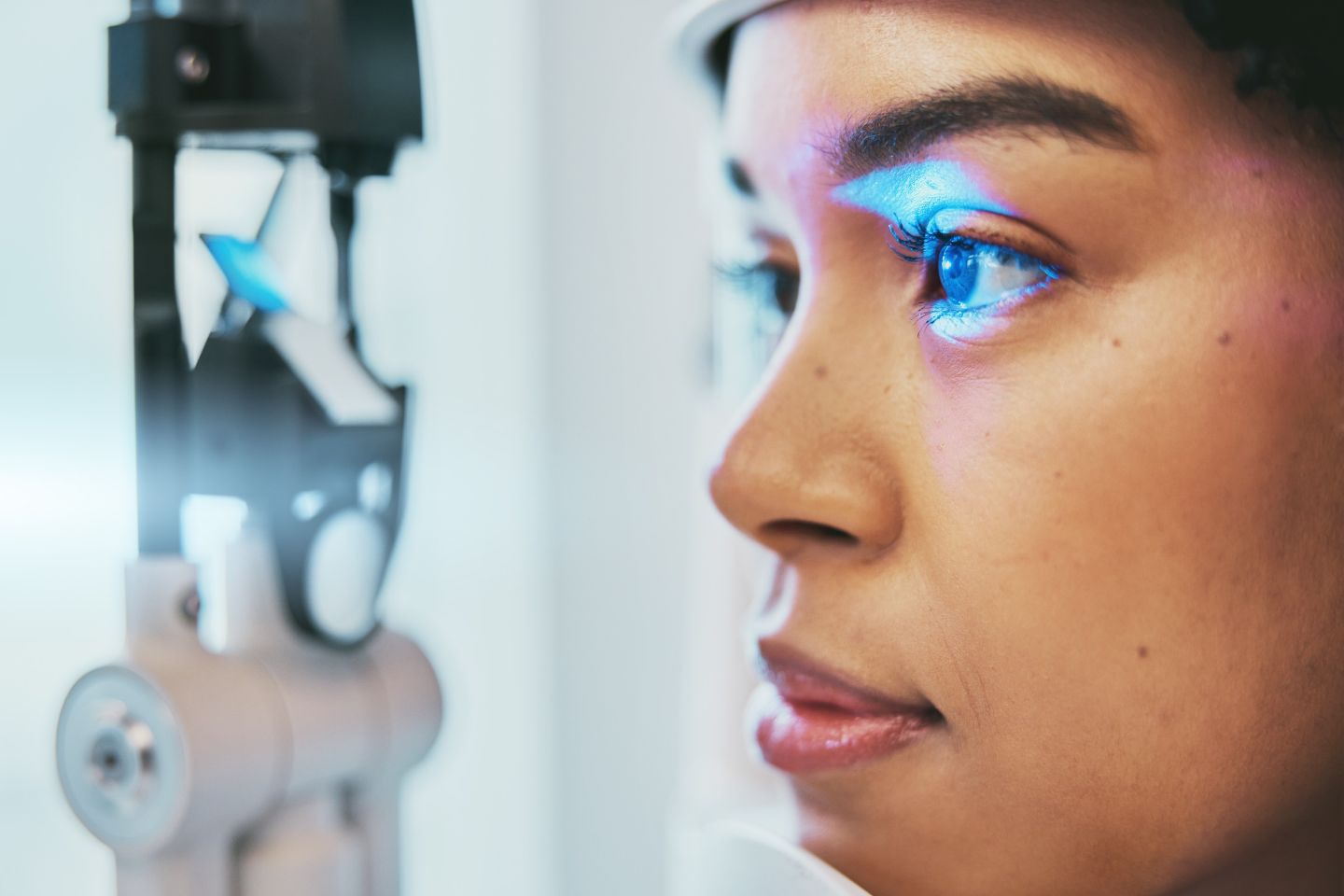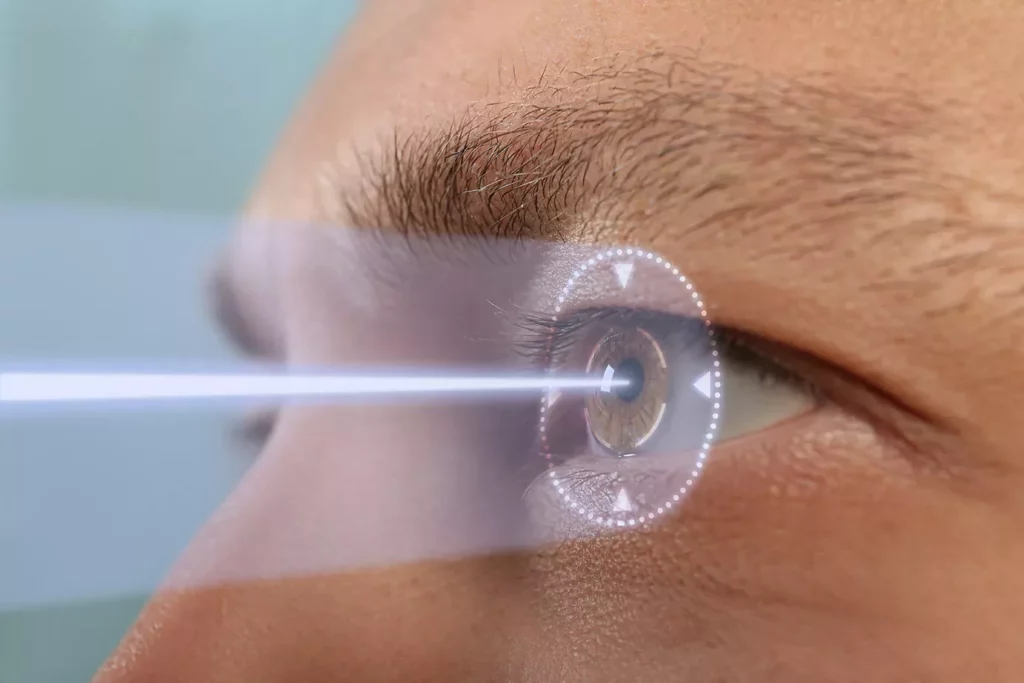LASIK vs. PRK vs. SMILE: Which Laser Eye Surgery Is Right for You?

When it comes to improving your vision, laser eye surgery has transformed lives — taking people from blurry mornings to crystal-clear days without glasses or contacts. But with several options available — LASIK, PRK, and SMILE — how do you know which one suits your eyes best? Let’s break down what makes each procedure unique and help you make an informed decision about your vision correction journey.
Understanding Laser Eye Surgery
Laser eye surgery, or refractive surgery, reshapes the cornea (the clear front part of your eye) so that light can focus properly on the retina, giving you clearer vision. The three main types — LASIK, PRK, and SMILE — all use laser technology but differ in their techniques and recovery times.
These surgeries correct common vision issues like:
- Myopia (nearsightedness)
- Hyperopia (farsightedness)
- Astigmatism
Who Is Eligible?
Most healthy adults over 18 with a stable prescription for at least a year may qualify. However, factors like corneal thickness, lifestyle, and medical history determine which type is best for you.
1. LASIK (Laser-Assisted In Situ Keratomileusis)
LASIK eye surgery is the most well-known and widely performed laser procedure.
How It Works:
A surgeon creates a thin flap in the cornea using a femtosecond laser, then reshapes the underlying tissue with an excimer laser before repositioning the flap.
Pros:
- Quick recovery (most patients see clearly within 24 hours)
- Minimal discomfort
- Suitable for mild to moderate prescriptions
Cons:
- Not ideal for people with thin corneas
- Dry eyes can occur temporarily
2. PRK (Photorefractive Keratectomy)
PRK was the first type of laser eye surgery, and while it’s older, it’s still a preferred option for certain patients.
How It Works:
Instead of creating a flap, the surgeon removes the surface layer (epithelium) of the cornea and reshapes the tissue beneath using a laser.
Pros:
- Great for patients with thin corneas or active lifestyles (no flap means fewer trauma risks)
- Long-term results comparable to LASIK
Cons:
- Longer recovery (3–7 days for initial healing)
- Some discomfort during early healing
3. SMILE (Small Incision Lenticule Extraction)
SMILE is the latest advancement in vision correction technology.
How It Works:
A femtosecond laser creates a small, lens-shaped piece of tissue (lenticule) within the cornea, which the surgeon removes through a tiny incision — no flap needed.

Pros:
- Minimal discomfort
- Fast recovery
- Reduced risk of dry eyes
Cons:
- Not suitable for all prescriptions (mainly myopia and mild astigmatism)
- Less availability compared to LASIK
Real Patient Experiences
To truly understand the difference, let’s hear what patients say:
- Sarah (LASIK): “I was nervous, but the entire surgery took less than 15 minutes. By the next day, I could read street signs without glasses!”
- David (PRK): “Recovery took about a week, but now my vision is perfect. My doctor said PRK was best for my thin corneas.”
- Emily (SMILE): “I chose SMILE for its gentle approach. My eyes felt great the next morning, and I was back to work in two days.”
- Tom (LASIK): “A little dryness at first, but eye drops helped. Totally worth it for the freedom from contacts.”
- Jasmine (PRK): “It took patience, but I love my results. My doctor’s care during the recovery phase made all the difference.”
What You Feel During Surgery
Laser eye surgery is surprisingly quick and pain-free. You’ll be awake, but numbing drops prevent discomfort. Most patients report feeling only mild pressure or light sensations during the laser work.
Doctors carefully guide you throughout, ensuring comfort. Modern clinics also use advanced laser tracking technology to keep procedures precise, even if your eye moves slightly.
Recovery and Aftercare
After surgery, expect:
- Slight itching or dryness for a few days
- Blurry vision for the first 24 hours (especially with PRK)
- Use of antibiotic and lubricating drops as prescribed
Most people return to normal activities in:
- LASIK: 1–2 days
- SMILE: 1–3 days
- PRK: 5–7 days
Always follow your ophthalmologist’s aftercare plan and avoid rubbing your eyes.
The Benefits — Beyond Clear Vision
After full recovery, patients often describe a newfound confidence and freedom from glasses or contacts.
Key long-term benefits include:
- Permanent correction for most prescriptions
- Better night vision (after full healing)
- Improved quality of life and self-image
Laser eye surgery not only restores sight — it restores independence.
Conclusion
Whether you choose LASIK, PRK, or SMILE, each laser eye surgery option offers a path to clearer vision and a brighter, more confident you. The right choice depends on your eyes, lifestyle, and personal goals. Always consult a qualified ophthalmologist to determine the best fit for your vision needs — and get ready to see life in stunning clarity.
FAQS
Your ophthalmologist will assess factors like corneal thickness, vision stability, and lifestyle. LASIK is great for quick recovery, PRK suits thin corneas, and SMILE works well for mild myopia with minimal discomfort.
Not at all. Numbing drops keep your eyes comfortable, and most patients feel only mild pressure. After surgery, some dryness or slight irritation is normal, but it subsides within days
Results are typically permanent. However, as you age, natural vision changes may still occur, such as presbyopia
Usually, you can drive within 24–48 hours after LASIK or SMILE once your doctor confirms your vision meets legal standards. PRK patients may need a few more days.